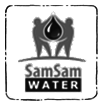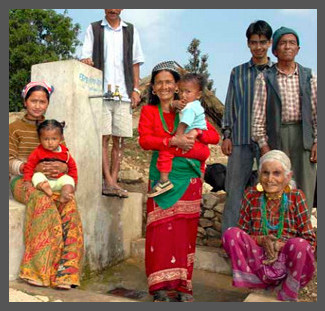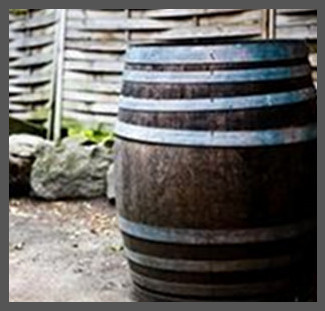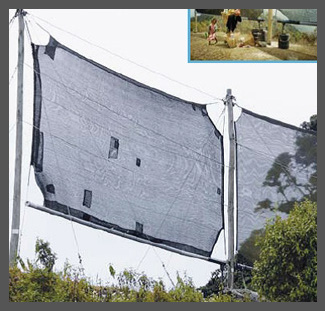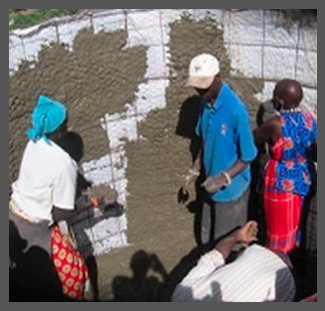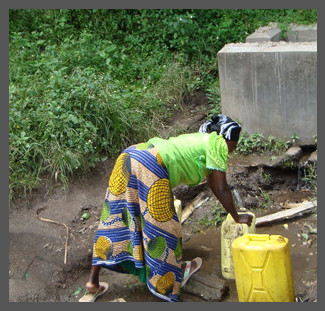Difference between revisions of "Water Portal / Rainwater Harvesting"
| Line 17: | Line 17: | ||
|} | |} | ||
</div> | </div> | ||
| − | <div style=" background-color: #efefef; text-align: center; -moz-border-radius: 2px; -webkit-border-radius: 2px; border: | + | <div style=" background-color: #efefef; text-align: center; -moz-border-radius: 2px; -webkit-border-radius: 2px; border: 5px solid #DEDEDE; padding: 3px;"> |
{|cellpadding="3" cellspacing="0" width="100%" | {|cellpadding="3" cellspacing="0" width="100%" | ||
|- | |- | ||
| Line 48: | Line 48: | ||
|} | |} | ||
</div> | </div> | ||
| − | <div style=" background-color: #efefef; text-align: center; -moz-border-radius: 2px; -webkit-border-radius: 2px; border: | + | <div style=" background-color: #efefef; text-align: center; -moz-border-radius: 2px; -webkit-border-radius: 2px; border: 5px solid #DEDEDE; padding: 3px;" > |
{|border: 1px solid #909090; cellpadding="3" cellspacing="0" width="100%" | {|border: 1px solid #909090; cellpadding="3" cellspacing="0" width="100%" | ||
|- | |- | ||
| Line 92: | Line 92: | ||
|} | |} | ||
</div> | </div> | ||
| − | <div style=" background-color: #efefef; text-align: center; -moz-border-radius: 2px; -webkit-border-radius: 2px; border: | + | <div style=" background-color: #efefef; text-align: center; -moz-border-radius: 2px; -webkit-border-radius: 2px; border: 5px solid #DEDEDE; padding: 3px;" > |
{|border: 1px solid #909090; cellpadding="3" cellspacing="0" width="100%" | {|border: 1px solid #909090; cellpadding="3" cellspacing="0" width="100%" | ||
|- | |- | ||
Revision as of 02:57, 23 September 2013
Rainwater harvesting is a technique of collection and storage of rainwater into natural reservoirs or tanks, or the infiltration of surface water into subsurface aquifers (before it is lost as surface runoff). One method of rainwater harvesting is rooftop harvesting. With rooftop harvesting, most any surface — tiles, metal sheets, plastics, but not grass or palm leaf — can be used to intercept the flow of rainwater and provide a household with high-quality drinking water and year-round storage. Other uses include water for gardens, livestock, and irrigation, etc.
The reasons for using rainwater harvesting systems answer three questions:
What: Rainwater harvesting will improve water supply, food production, and ultimately food security.
Who: Water insecure households or individuals in rural areas will benefit the most from rainwater harvesting systems.
How: Since rainwater harvesting leads to water supply which leads to food security, this will greatly contribute to income generation.
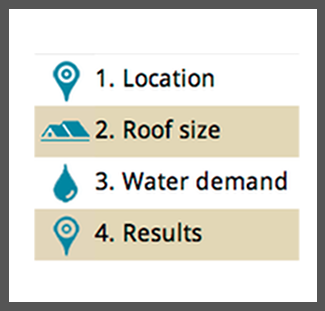
| ||||
Retention & Reuse) |
Micro-financing |
|||
3R and MUS |
Clearwater Revival |
||||
Acknowledgements
Many of the tools, technologies, and projects on this page are courtesy of the Rainwater Harvesting Implementation Network.
RAIN is an international network with the aim to increase access to water for vulnerable sections of society in developing countries - women and children in particular - by collecting and storing rainwater.
Started in December 2003, RAIN focuses on field implementation of small-scale rainwater harvesting projects, capacity building of local organisations and knowledge exchange on rainwater harvesting on a global scale.

